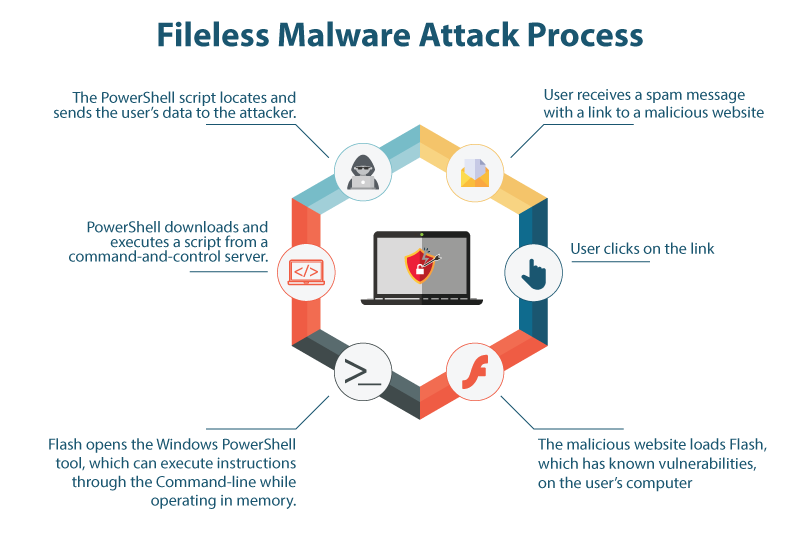

Even though the trend continues, the start of the COVID-19 epidemic brought a significant jump in malware sites. The latest Google report cites that just 7% of tested websites are infected. Come early 2018, and this number began to decline rapidly. 7% of websites Google tested for malware were infected.Įver since late 2007, the number of websites containing malware has been consistently above 100,000. At the time, there were fewer ways malware could potentially take down computer systems. In 2019, for example, there were far fewer variants of new malware appearing than in previous years. Year on year, the number of new malware variants is oscillating. In 2020, the number of detected malware variants rose by 62%.
#Forms to go malware full#
While there’s still no full report for 2020 available, by all data, it seems that the total number of attacks is on a decline. In 2019, there were nearly 10 billion attacks registered by the companies that keep an eye on global cybersecurity and malware attack statistics.
#Forms to go malware software#
Some people and companies continue to be targeted by malicious software more often than others. SonicWall has registered more than 3.2 billion malware attacks in the first half of 2020. According to the latest statistics, more than 17 million new malware instances are registered each month. These are mostly the result of existing infections that keep spreading like actual diseases.

Hundreds of thousands of files become infected by malware on computers and websites every day. Anti-malware institutes include every new malicious program they find in their malware database. The rate at which malware spreads is terrifying. 560,000 new pieces of malware are detected every day. Even with built-in antivirus software protecting the newest operating systems, there’s more malware online than ever before. In the following years, the growth might have slowed down, but it definitely hasn’t stopped. The initial boom doubled the number of malicious files and programs infecting the web. Since 2013, malware has been spreading exponentially. Phishing emails targeting LinkedIn accounts are on the rise.Malware Detection Statistics There are more than 1 billion malware programs out there.This phishing campaign delivers malware that steals your passwords and chat logs.A security researcher easily found my passwords and more: How my digital footprints left me surprisingly over-exposed.Beware: This cheap and 'homemade' malware is surprisingly effective.Cloud computing security: New guidance aims to keep your data safe from cyberattacks and breaches.
#Forms to go malware how to#
If possible, for example, if the email claims to come from a college or business associate, you could contact them using a different method than email to check if it's really them who sent the email.īusinesses can also help employees avoid falling victim to phishing emails by using appropriate anti-spam and anti-virus software, as well a training users on how to spot and report phishing emails. Users should be wary of unexpected emails claiming to contain important information hidden in attachments – particularly if that attachment requires you to enable macros first.


 0 kommentar(er)
0 kommentar(er)
